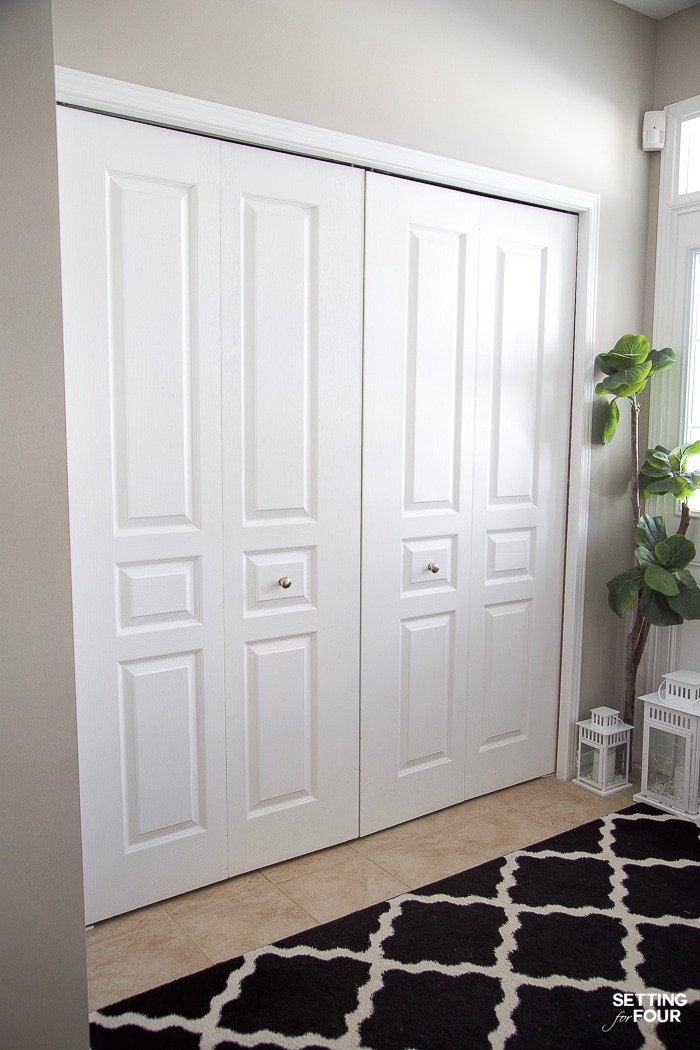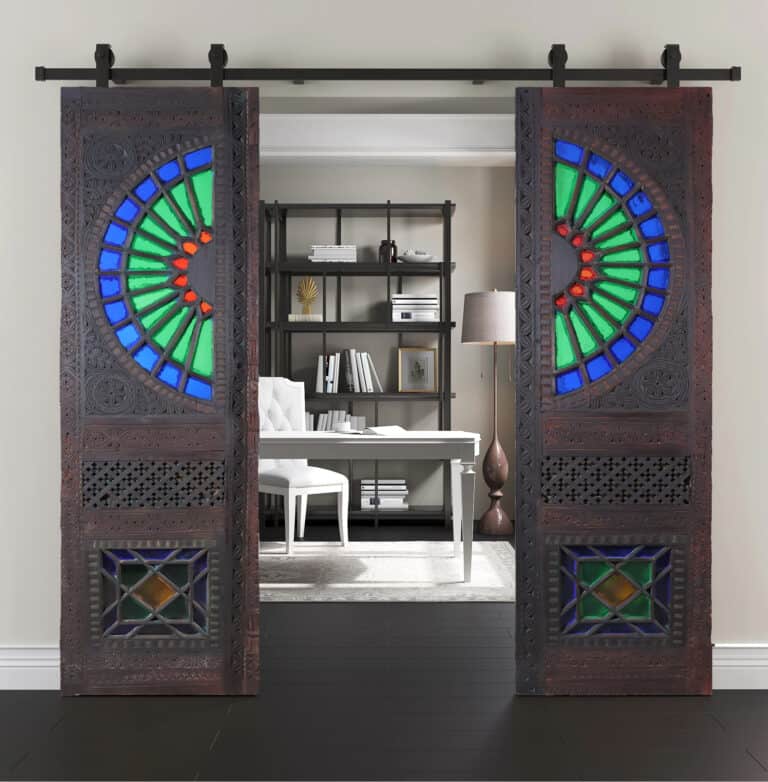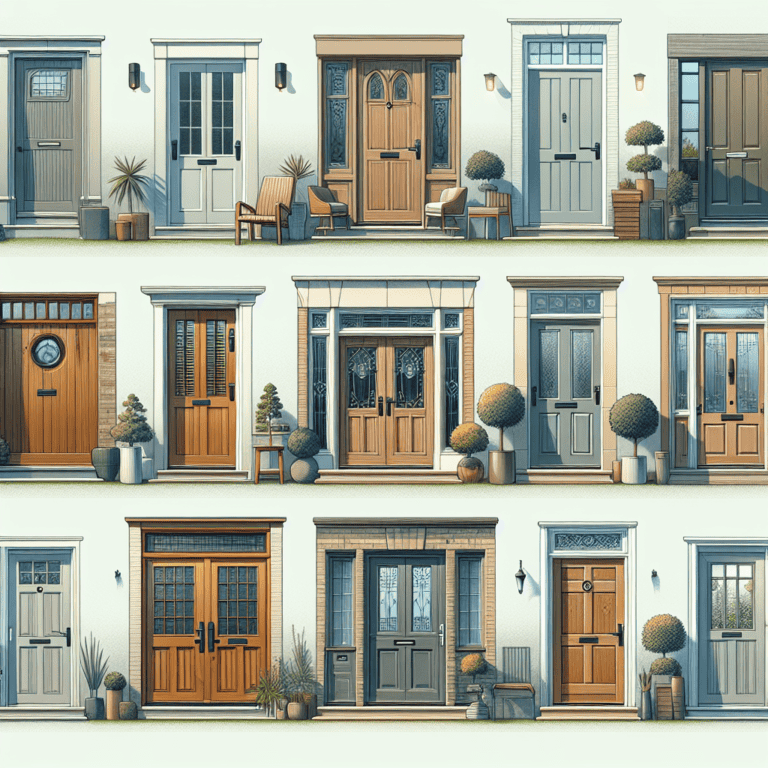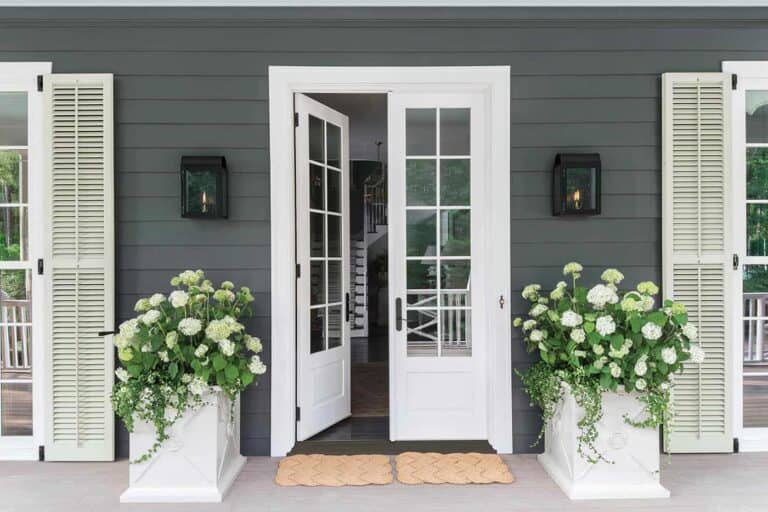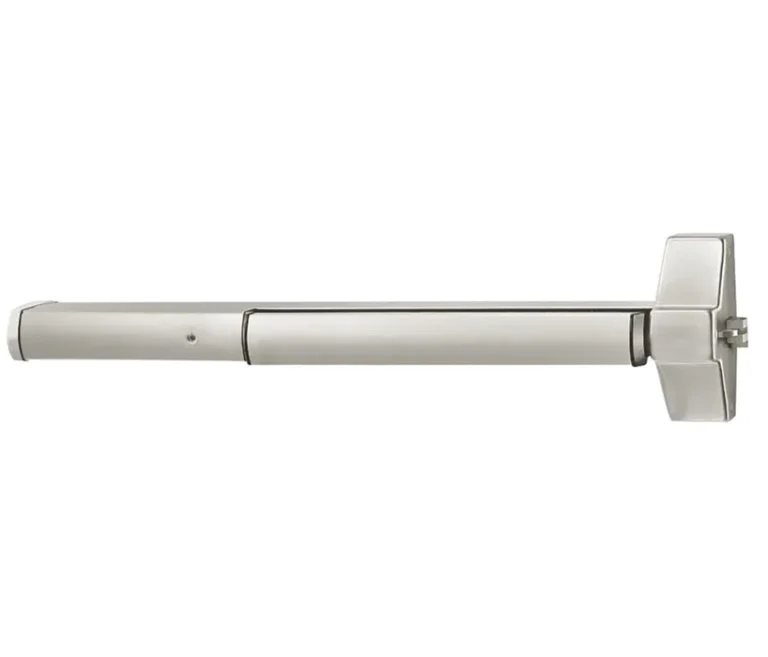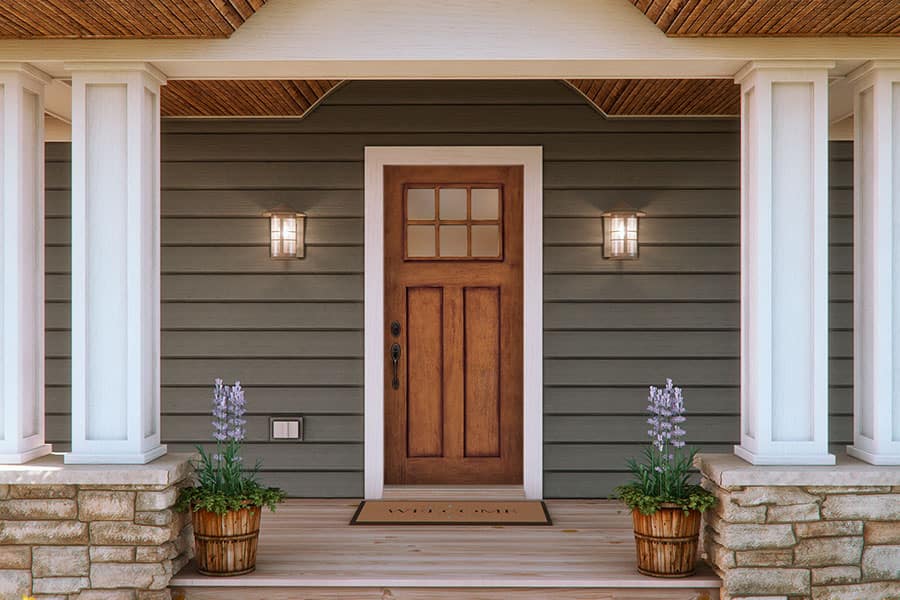Bifold Doors
Ever walked into a room and felt like it was begging for more space? Or wished you could let in more light without sacrificing privacy?
The answer to these dilemmas might just be bifold doors.
Bifold doors stand as a remarkable innovation in the realm of architectural design, presenting a sophisticated solution that transcends conventional boundaries of space and aesthetics in both residential and commercial settings. Their unique folding mechanism seamlessly merges interior and exterior areas, redefining the flow of light and the perception of space.
These doors, known for their ability to effortlessly fold away, not only elevate the visual appeal of contemporary architecture but also offer practicality by facilitating a seamless connection between indoor and outdoor spaces. In this exploration of bifold doors, we will delve into their evolution, functionalities, and diverse applications, shedding light on how these transformative installations are reshaping our understanding and utilization of space within our living and working environments.
Understanding Bifold Doors
If you’re seeking a way to save space and add style in your home, bifold doors could be the answer. These unique interior doors are popular for their versatility and practicality.
Bifold or bi-fold doors function as pairs with two sections that fold on themselves while opening up almost fully—perfect if you need full access but have limited room. They come in various sizes too, making them adaptable to different doorways.
Types of Bifold Doors
Interior and Exterior: Bifold doors also differ based on their intended use. Interior bifold doors are designed to partition rooms or create flexible spaces within a home, made from various materials like wood or glass. Exterior bifold doors, on the other hand, are crafted specifically for exterior use, connecting indoor and outdoor spaces like patios, decks, or gardens. They are built to withstand varying weather conditions while enhancing both security and aesthetics.
Understanding the characteristics and features of these common types of bifold doors empowers individuals to make informed decisions when selecting the most suitable option for their homes or commercial spaces. Whether prioritizing durability, style, energy efficiency, or specific functionality, the diverse range of bifold doors available in the market offers choices to cater to varied preferences and design needs.
Bifold doors stand as versatile solutions that offer both functionality and aesthetic appeal across various architectural designs. Understanding the different types available can help homeowners and designers make informed choices that align with their preferences and specific requirements. Let’s explore some of the most common types of bifold doors:
Wooden: Wooden bifold doors exude a timeless elegance, adding a classic touch to any space. Crafted from durable wood materials such as oak, pine, or hardwoods, these doors offer a warm and natural aesthetic. They are highly customizable, allowing staining or painting to match various interior styles. While wooden bifold doors boast durability and a traditional look, they may require regular maintenance to preserve their appearance and integrity.
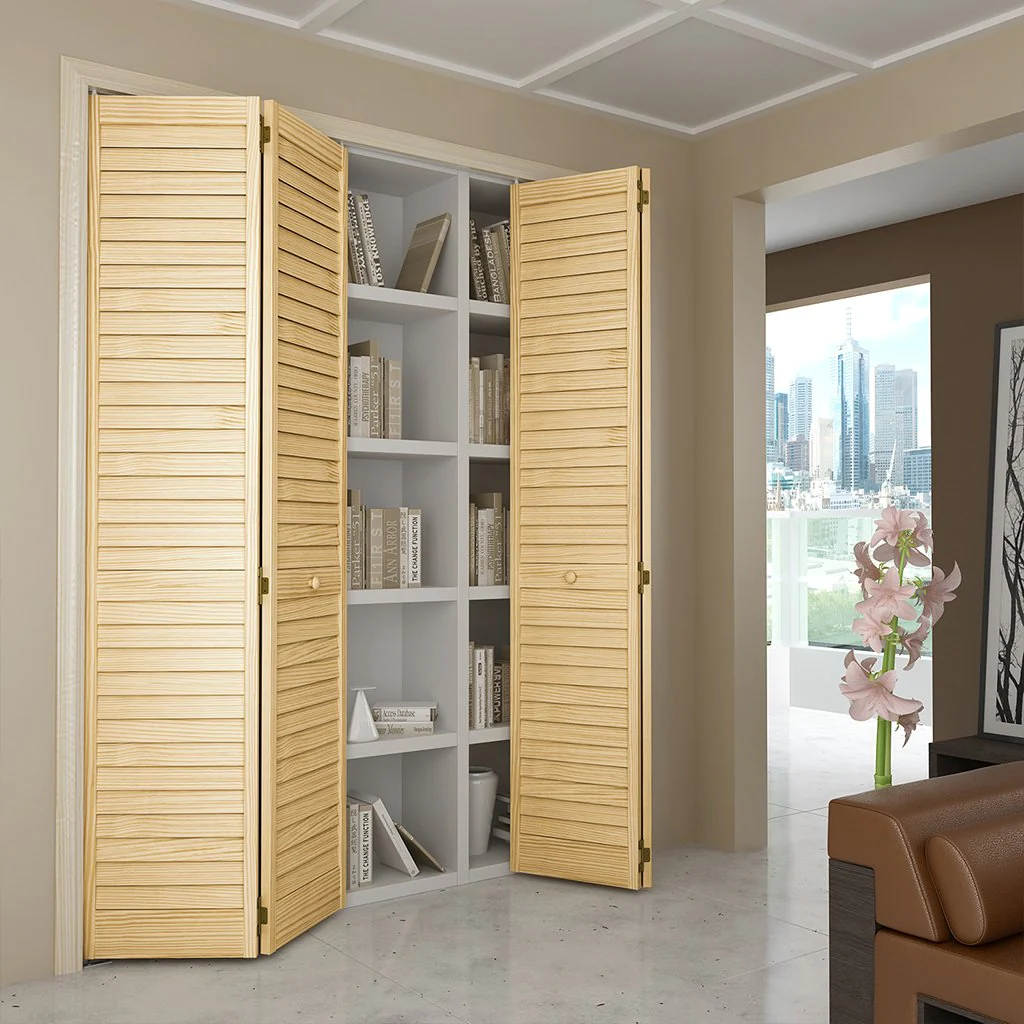
Aluminum: Renowned for their strength, sleek appearance, and resilience, aluminum bifold doors have gained popularity in modern architectural designs. These doors are lightweight yet sturdy, offering excellent weather resistance and minimal maintenance requirements. Available in various finishes and colors, aluminum bifold doors provide versatility and contemporary style to spaces while ensuring durability and longevity.
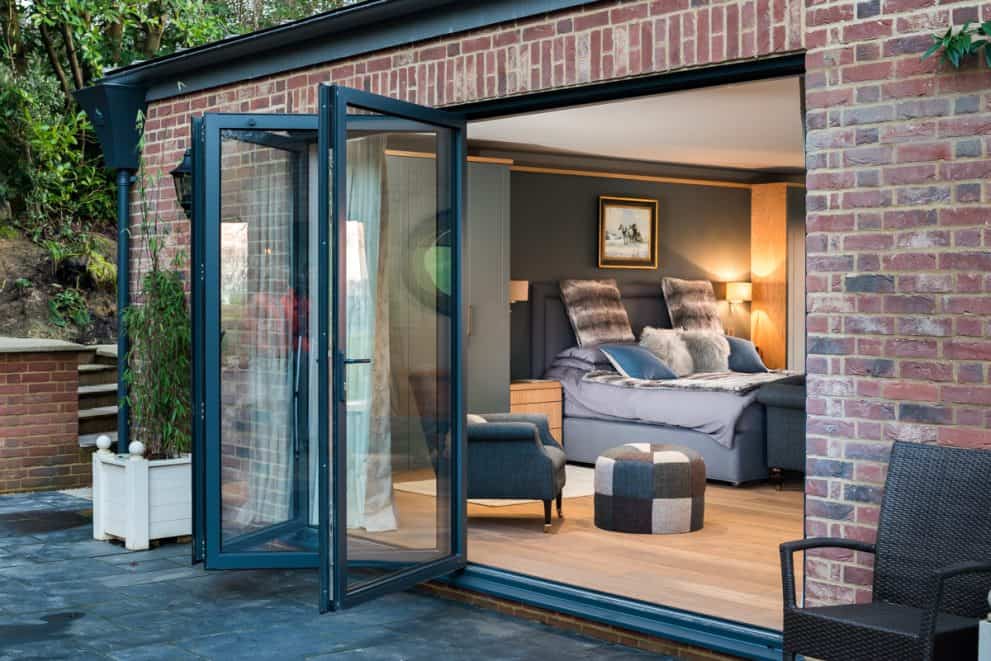
uPVC: uPVC bifold doors stand out for their energy efficiency, affordability, and low maintenance needs. These doors offer good insulation properties, resistance to rot and corrosion, and come in diverse colors and finishes. They are a cost-effective option suitable for homeowners seeking durability, weather resistance, and ease of upkeep without compromising on style.
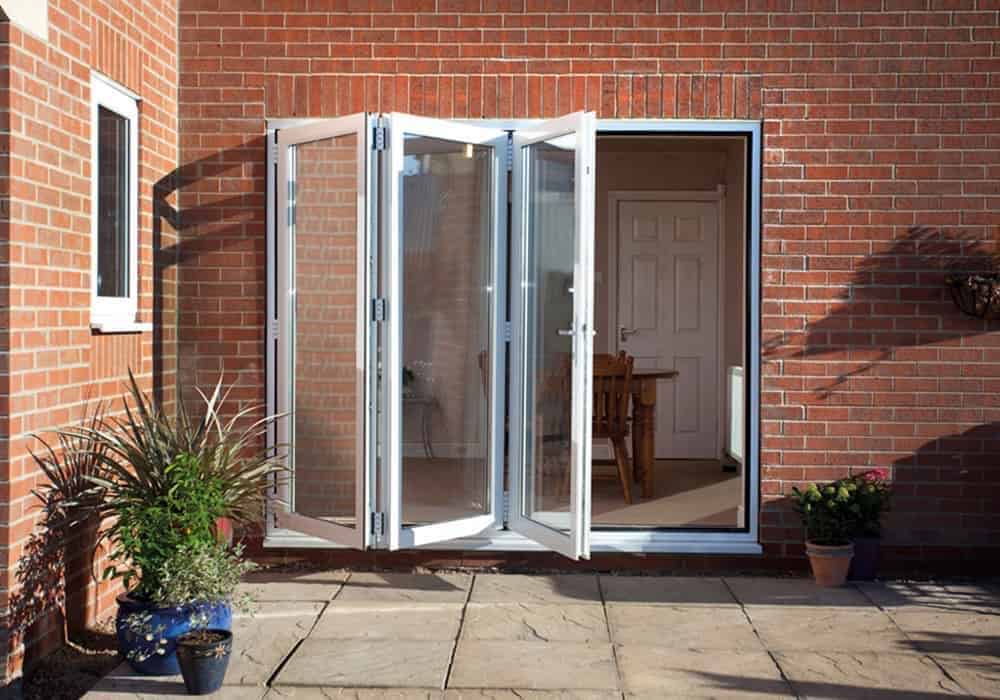
Frameless Glass: Embodying a modern and seamless appearance, frameless glass bifold doors create a striking visual impact. These doors use large glass panels without visible frames, offering unobstructed views and an abundance of natural light. Ideal for contemporary designs, they contribute to an open and spacious atmosphere, perfect for spaces that require a touch of elegance and sophistication.
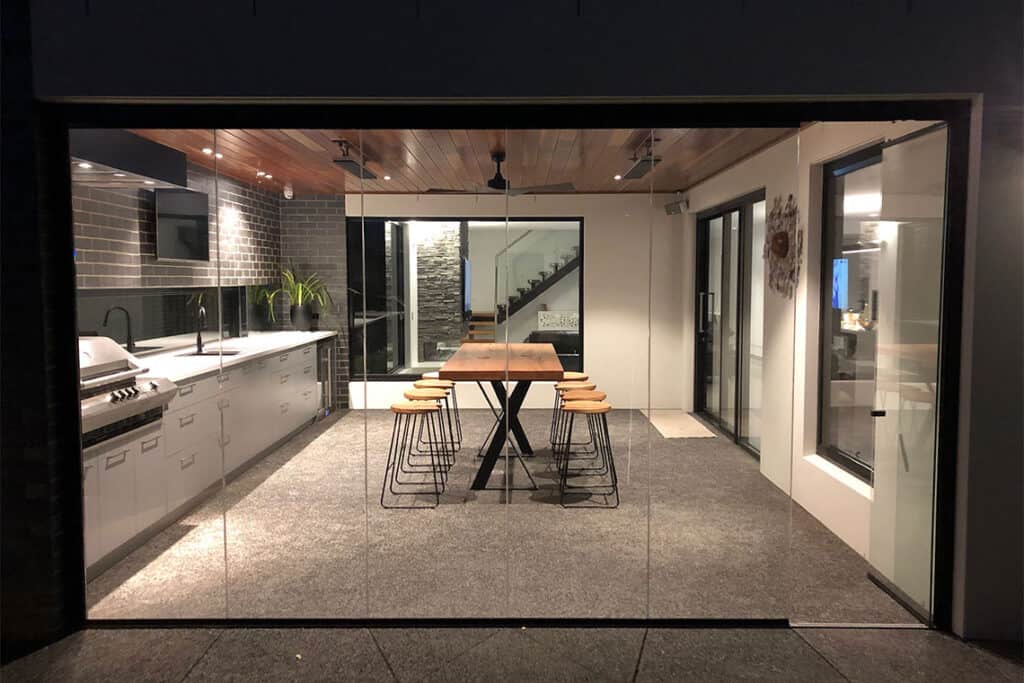
Choosing the Right Bifold Doors for Your Space
Choosing the right bifold door involves considering several key factors to ensure it meets your specific needs and preferences:
- Purpose and Location: Determine the purpose of the bifold door and where it will be installed. Is it for interior use, connecting indoor and outdoor spaces, or separating specific areas within a room? The location will influence the material, size, and features you’ll need.
- Material: Consider the material options available for bifold doors, such as wood, steel, or even aluminum. Each material has its advantages in terms of aesthetics, durability, maintenance requirements, and insulation properties.
- Style and Design: Choose a style and design that complements your space and personal taste. Decide between solid panels, glass panels (clear, frosted, or textured), or a combination of both. Glass panels allow natural light, offer views, and create an open feel.
- Size and Configuration: Accurately measure the space where the door will be installed. Determine the appropriate width, height, and number of panels needed. Consider the folding configuration that suits your space and preference for opening direction.
- Functionality: Assess how you’ll use the bifold door. Determine if you need doors that fully open to connect spaces or if a single access door is sufficient for convenience. Some doors come with a traffic door feature, allowing easy access without opening the entire set.
- Budget: Consider your budget and explore options that align with it. Higher-quality materials and additional features may come at a higher cost but often offer better durability and functionality.
- Manufacturer and Warranty: Choose bifold doors from reputable manufacturers or suppliers known for quality products, good warranty coverage, and reliable customer service.
By carefully considering these factors and assessing your specific requirements, you can select the right bifold door that not only enhances the aesthetics of your space but also provides the functionality and performance needed for your application.
Installation and Maintenance of Bifold Doors
Framing Your Space Perfectly
When framing walls for bifold doors, precise measurements and structural considerations are crucial to ensure proper installation and functionality. The rough opening dimensions for bifold doors typically depend on the specific door size and manufacturer’s recommendations. However, a general guideline for framing a rough opening for a bifold door might involve accounting for the door’s actual width and height plus space for the door frame and necessary clearances.
For instance, if installing a standard bifold door that measures 6 feet wide and 7 feet tall, the rough opening should ideally be slightly larger to accommodate the door frame and ensure a proper fit. Typically, this might mean adding an extra half-inch to an inch to both the width and height of the actual door measurements to determine the rough opening size.
Additionally, considering the framing of the walls, it’s essential to create a level, plumb, and square opening that provides ample support for the door track and frame. This involves using appropriate lumber sizes for framing studs, headers, and other structural elements according to local building codes and manufacturer guidelines.
Before framing the rough opening, it’s advisable to consult the specific door manufacturer’s instructions and recommendations for accurate dimensions and framing requirements. Manufacturers often provide detailed guidelines regarding rough opening sizes, clearances, header construction, and necessary structural support to ensure a successful installation of bifold doors.
If you’ve ever wrestled with a stubborn closet door, then bifold doors may just be your new best friend. Not only do they save space by folding in on themselves, but the installation process is also surprisingly simple.
Installing Your New Bifold Door
Installing bifold doors involves several steps to ensure a proper fit, smooth operation, and secure installation. Here’s a general guide for installing bifold doors:
- Prepare the Opening: Ensure the rough opening in the wall is framed correctly and is plumb, level, and square. Double-check measurements according to the manufacturer’s guidelines. Remove any obstructions or debris from the opening.
- Attach the Hardware: Install the bifold door hardware according to the manufacturer’s instructions. This typically includes the track, pivot brackets, aligners, and any necessary screws or bolts. Follow precise measurements and alignment specifications to ensure the door operates smoothly.
- Mount the Door Panels: Lift each bifold door panel into the track and secure the pivots into the brackets. Make sure the panels are aligned properly and hang evenly. Test the doors’ movement to ensure they open and close smoothly within the track.
- Adjust and Align: Check for proper alignment of the doors. Adjust the pivot brackets as needed to ensure the doors are plumb and operate smoothly. Fine-tune the height, width, and alignment of the doors for a snug fit and proper functionality.
- Install Handles and Accessories: Attach the handles or knobs to the bifold doors according to the manufacturer’s instructions. Ensure they are securely fastened and properly positioned for easy operation.
- Test the Doors: Open and close the bifold doors several times to ensure they move smoothly along the track without any sticking or rubbing. Make any final adjustments if necessary to achieve optimal operation.
- Secure and Finish: Once satisfied with the installation, secure any remaining screws or bolts and ensure all components are properly tightened. Finish the surrounding trim or molding as needed to enhance the aesthetics and provide a polished look.
Always refer to the specific instructions provided by the door manufacturer as different bifold door models might have slight variations in installation procedures. Additionally, safety measures such as using appropriate tools and following recommended guidelines for handling heavy materials should be prioritized during the installation process. If unsure about any step, it’s advisable to seek professional assistance to ensure a successful installation of bifold doors.
The Role of Aesthetics in Door Selection
Beyond practicality though lies aesthetics – after all these doors offer not just functionality but also add value through their contribution to home décor. The surface finish plays a big role here – whether you prefer natural wood grain visible under clear varnish or love the idea of bold colored paint transforming the vibe of your space entirely.
If personalizing elements down to minute details tickles your fancy then custom bifold doors could be right up your alley. With customizable features from panel profile and frame area to glass features and finish application, these doors can be tailored to meet specific design requirements.
Let’s say you’re partial towards a rustic charm. You might want something like a pine wood shaker bi-fold louver with its traditional panel type lending an old-world appeal. On the other hand, if modern minimalism is your mantra then perhaps a single panel option may be best.
The Convenience Factor
Finally yet importantly, remember that bifold closet doors are also about convenience – they save space. Especially when we’re dealing with constraints in smaller homes or apartments where every inch counts, opting for bifold over regular swing-out doors could free up valuable square footage. In fact, they’re often referred as “space savers”
Comparing Bifold Doors to Other Door Options
If you’re planning a remodeling project or simply looking to refresh your home décor, the type of doors you choose can make a big difference. Bifold doors are one popular option, but how do they stack up against other door options like pocket doors or traditional swinging doors?
Bifold Doors: A Cost Effective Solution
When it comes to interior doors and exterior ones too, bifold closet doors often come out on top in terms of affordability. Compared with other types such as barn doors, bifolds typically offer more bang for your buck.
The key reason behind this is their simple yet effective design that combines functionality with aesthetic appeal – all at an affordable price point. And who doesn’t love getting great value for money?
Maintaining Your Bifold Door: A Piece of Cake.
To ensure that bifold doors function correctly and last longer, regular maintenance is essential. Here are some tips for maintaining bifold doors:
- Keep Tracks Clean: Regularly clean the tracks using a soft brush or vacuum to remove dust, debris, and any buildup that might obstruct the doors’ movement. Avoid using harsh chemicals that could damage the track or door hardware.
- Lubricate Moving Parts: Apply a silicone-based lubricant to the tracks, pivot points, hinges, and any other moving parts of the bifold doors. Lubrication helps reduce friction and ensures smooth operation. Wipe off any excess lubricant to prevent accumulation of dirt.
- Check for Loose Hardware: Periodically inspect all screws, bolts, and fasteners on the doors and tracks. Tighten any loose hardware to prevent the doors from becoming misaligned or causing damage.
- Adjust Door Alignment: If the bifold doors start to rub or don’t close properly, check for misalignment. Most bifold doors have adjustable pivot brackets that allow you to reposition the doors for proper alignment. Follow the manufacturer’s instructions to make necessary adjustments.
- Avoid Overloading: Be mindful of the weight and load placed on the doors. Avoid hanging heavy items on the doors, as this could strain the hinges and affect their functionality.
- Operate Doors Smoothly: Open and close the bifold doors gently and avoid forcing them if they encounter resistance. Rough handling can damage the hinges and tracks, affecting the doors’ functionality.
- Regular Inspection: Periodically inspect the overall condition of the doors, tracks, and hardware. Address any issues promptly to prevent minor problems from escalating into larger ones.
By following these maintenance tips, you can help ensure that your bifold doors function smoothly and efficiently for years to come. Regular care and attention will not only maintain their functionality but also extend their lifespan, keeping them in optimal condition.
In Conclusion
Pros and Cons of Bifold Doors
When it comes to making a choice for your home décor, understanding the advantages and disadvantages can be vital. Let’s examine the pros and cons of using bifold doors.
The Benefits
This ingenious design maximizes usable space both inside and outside the room. When fully opened, bifold doors create expansive openings that seamlessly connect indoor and outdoor spaces, promoting an open layout and enhancing the feeling of spaciousness. Their versatility in configuration enables customization for various openings, accommodating smaller or larger spaces efficiently.
With the inclusion of glass panels, bifold doors invite natural light even when closed, brightening interior spaces and reducing reliance on artificial lighting. Overall, bifold doors’ sleek design, space-efficient nature, and ability to blend indoor and outdoor areas make them a sought-after choice for optimizing space utilization, enhancing aesthetics, and improving functionality in homes and commercial spaces alike.
The Drawbacks
No product is without flaws – let’s now turn our attention towards some challenges associated with installing bifold closet door systems. One significant drawback involves traffic flow within the home. Due to their design, these doors might not be ideal for areas with heavy foot traffic as they could obstruct passage when left open.
Additionally, bifold doors may be more difficult to maintain than traditional swinging doors due to track and roller use.
FAQs in Relation to Bifold Doors
Why are bifold doors no longer popular?
Bifold doors have not lost popularity, but preferences shift. Some folks prefer sliding or pocket doors for a sleeker look.
What are the disadvantages of bifold doors?
Bifolds can occasionally jump off their track. They also offer less privacy due to gaps when closed compared to solid ones.
What can I use instead of bifold doors?
You could consider options like French, sliding or pocket door designs as alternatives to bifolds.
Conclusion
So, you’ve delved into the world of bifold doors. From understanding their space-saving potential to exploring various types like louvered and glass panel versions – it’s clear they offer more than meets the eye.
You discovered design options that can complement your home décor perfectly. You learned about their installation process and how low maintenance they are. A revelation indeed!
Beyond doubt, these interior closet bi-fold doors are not just practical; they’re stylish too! So next time you crave a bit more room or yearn for natural light without giving up privacy – remember bifold doors might be just what you need.
The journey doesn’t stop here though… Explore further, find your perfect fit, transform spaces with style!
